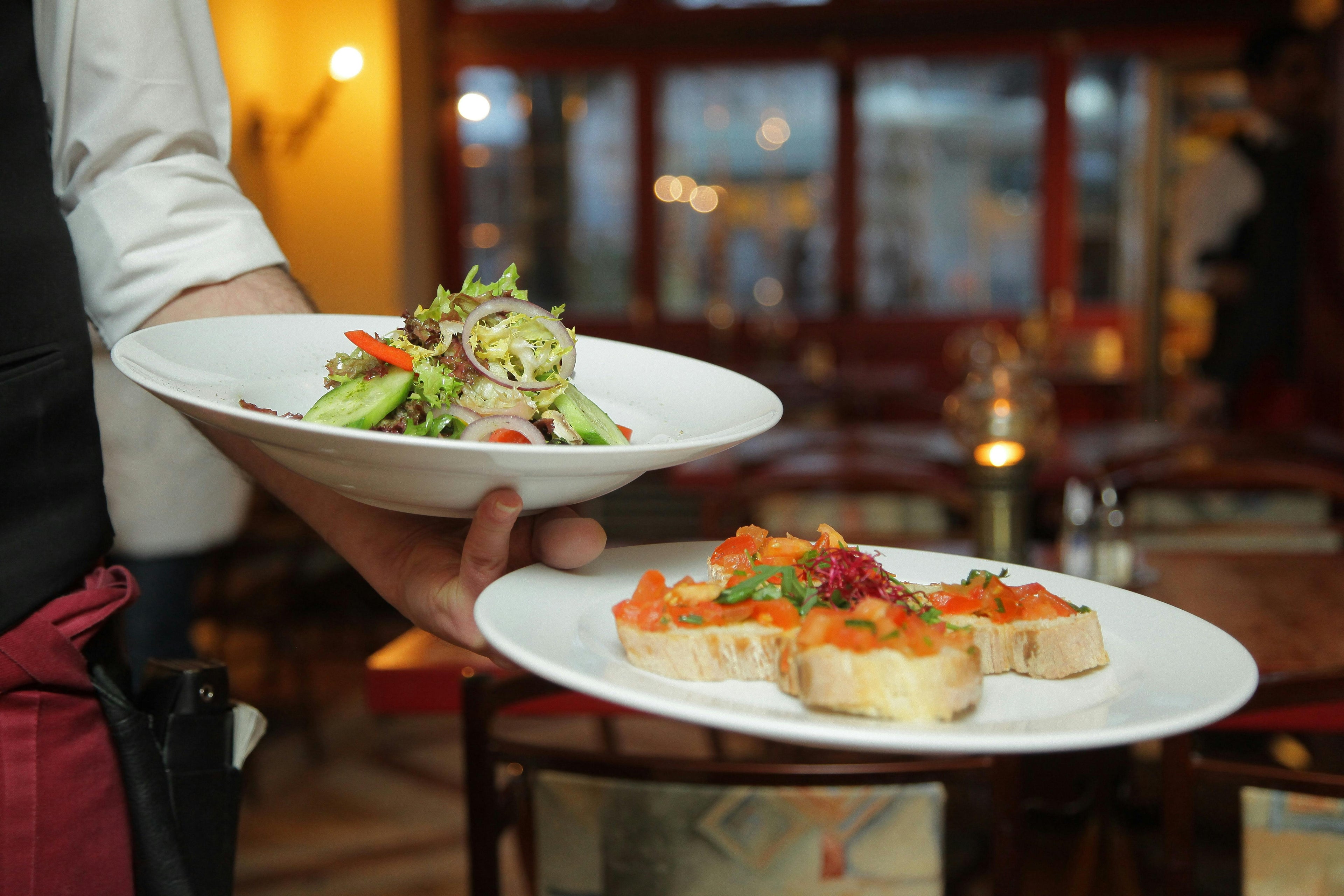Eating Safely at Restaurants When You Have Celiac Disease
Dining out can—and should—be a joy, not a gamble. With the right strategies, you can minimize the risk of gluten exposure and still savor a night off from cooking. Below is a practical, share-worthy guide you can turn into a full blog post (feel free to tweak the voice to match your site’s style).
1. Do Your Homework Before You Leave Home
Research restaurants with a track record. Start with places that advertise dedicated gluten-free menus or have been vetted by celiac organizations or local support groups. Check recent reviews from fellow gluten-free diners on apps such as Find Me Gluten Free, and scan the restaurant’s website or social media for any mention of staff training or separate prep areas. (Beyond Celiac)
Call ahead (ideally during off-peak season). A quick, polite phone call lets you gauge how knowledgeable the staff is and whether they have procedures in place. If you sense hesitation or vague answers—especially about shared fryers, grills, or prep surfaces—keep looking. (GIG® Gluten Intolerance Group®)
2. Communicate Clearly Once You’re Seated
-
Use the words “celiac disease” or “medical necessity,” not just “gluten-free preference.” This signals that cross-contamination is a health hazard, not a lifestyle choice. (Beyond Celiac)
-
Ask for the manager or chef if the server seems unsure. A two-minute chat up front can prevent a ruined evening later.
-
Have a short “script” ready. For example:
“I have celiac disease, so I can’t have any gluten or cross-contact. Could you please check that my meal is prepared in a clean pan, with fresh utensils, and no shared fryer?”
-
Reconfirm when the plate arrives. Mistakes happen; a quick double-check is worth the awkwardness.
3. Know the High-Risk Zones for Cross-Contact
| Risky Item | Why It’s Tricky | Safer Swap |
|---|---|---|
| Fryers | Breadcrumbs from battered foods linger in oil. | Baked, grilled, or sautéed dishes cooked in a clean pan. |
| Grills & Flat-tops | Gluten crumbs lodge in grooves. | Ask for foil or a dedicated pan. |
| Sauces & Marinades | Soy sauce, malt vinegar, or roux often hide gluten. | Request simple seasoning (salt, pepper, olive oil) and gluten-free tamari on the side. |
| Salad Bars & Buffets | Shared tongs and crouton spills. | Order salads directly from the kitchen. |
Cross-contact—not ingredients alone—is the leading cause of accidental gluten exposure when eating out. (Beyond Celiac, Verywell Health)
4. Spot Hidden Gluten Like a Pro
-
Imitation crab, pre-shredded cheese, and meat substitutes may contain wheat-based binders.
-
Soups and chowders often start with a wheat flour roux.
-
Oats must be certified gluten-free to avoid wheat/rye/barley contamination.
-
Alcohol watch: Beer unless labeled gluten-free (many craft options exist now); check cocktail mixers for malt or barley syrups.
5. Lean on Helpful Tools
-
Dining cards in multiple languages spell out your needs—lifesavers when traveling. (Celiac Disease Foundation)
-
Gluten-free certification programs (e.g., GFCO, Beyond Celiac GREAT Kitchens) identify venues that undergo formal training.
-
FDA “gluten-free” label: In U.S. packaged foods, it means < 20 ppm gluten. While this rule doesn’t apply directly to restaurants, many kitchens use it as their internal benchmark. (U.S. Food and Drug Administration)
6. Have a Backup Plan
Carry a trusted snack bar or pack of nuts in case the kitchen can’t guarantee safety or the wait is long. Better to nibble on a safe snack than risk a “hangry” compromise. (National Celiac Association)
7. Practice Grace—With Boundaries
Most restaurants want to get this right, and hospitality teams appreciate diners who communicate kindly yet firmly. If a place can’t meet your needs, thank them and move on. Your health is worth it.
Final Bite
Eating out with celiac disease isn’t about luck—it’s about preparation, clear communication, and choosing establishments that respect gluten-free protocols. Armed with these tips, you can expand your culinary horizons without compromising your well-being.
Bon appétit and safe dining!
